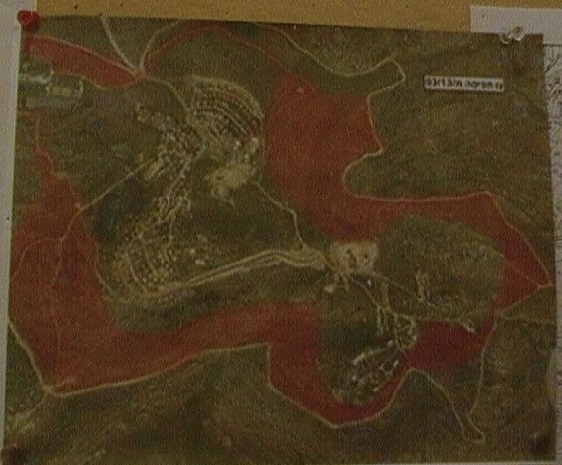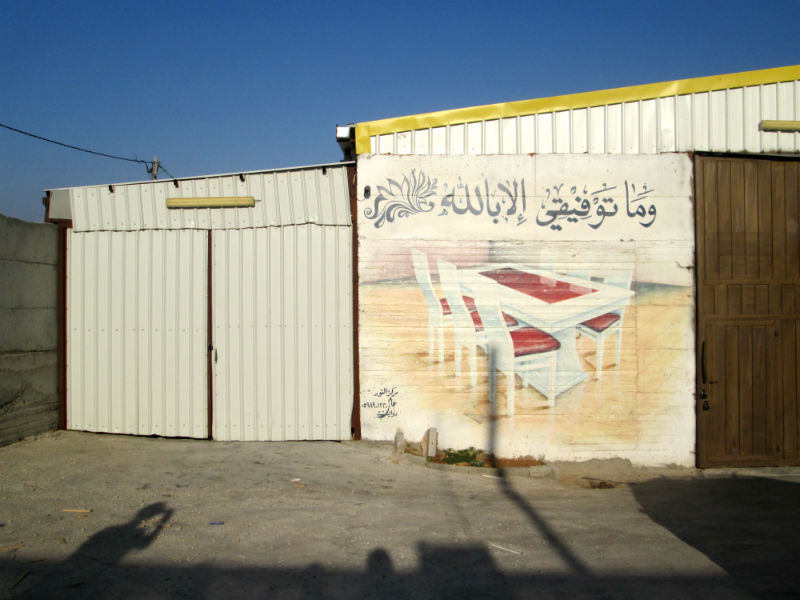Category: Reports
-
Land confiscation continues in Awarta
24th June 2013 | International Solidarity Movement, Nablus Team | Awarta, Occupied Palestine Awarta, a small village south east of Nablus, faces constant intimidation from the Israeli army and nearby Itamar settlement. In the past month, the Israeli Civil Administration handed out two land confiscation orders to residents of Awarta. The first one, three weeks…
-
Army to Duma: “Stop building!” Duma to army: “We’ve built already”
24th June, 2013 | International Women’s Peace Service & International Solidarity Movement, Team Nablus | Duma, Occupied Palestine On Thursday 20th June, Israeli soldiers and border police handed out “stop building” orders to 11 buildings in the village of Duma, southeast of Nablus. The papers state that owners of the targeted buildings, which include family…
-
Struggle against apartheid wall continues in Bil’in
21st June 2013 | International Solidarity Movement, Ramallah Team | Bil’in, Occupied Palestine Following the Friday prayers on June 21, residents of Bil’in accompanied by a contingent of international supporters gathered for the village’s weekly demonstration against the apartheid wall. The wall has cut the village off from Palestinian land that is now being used…


